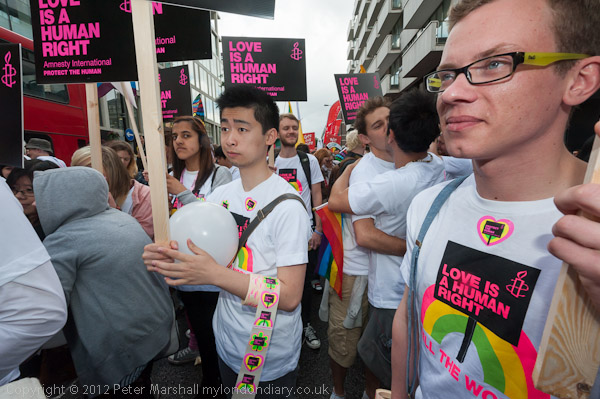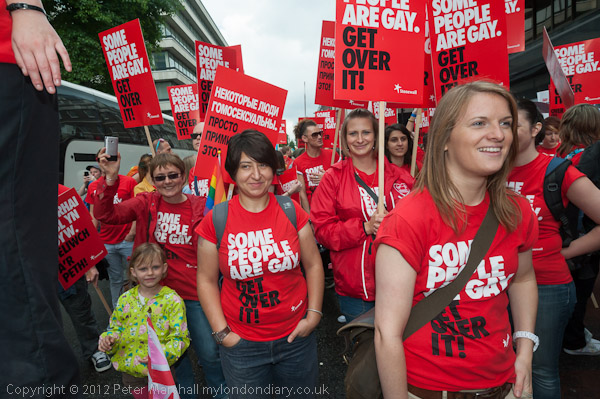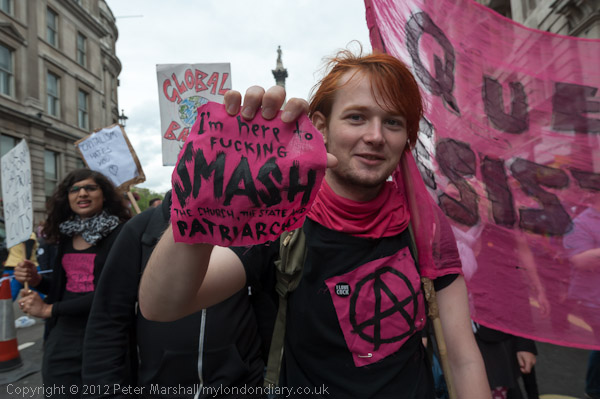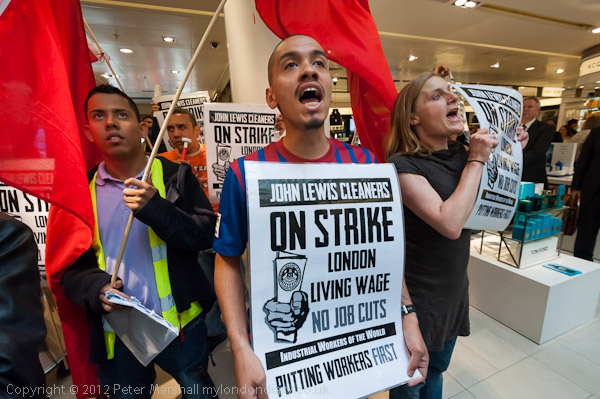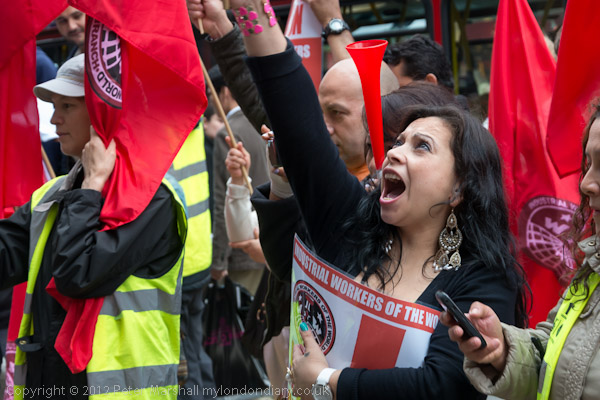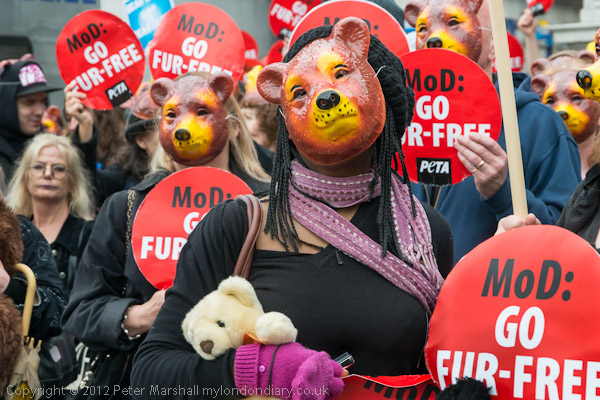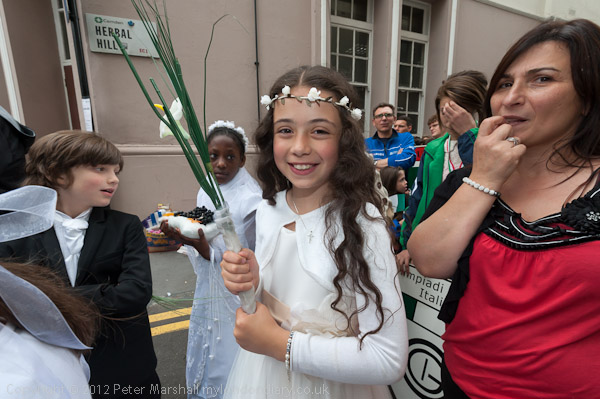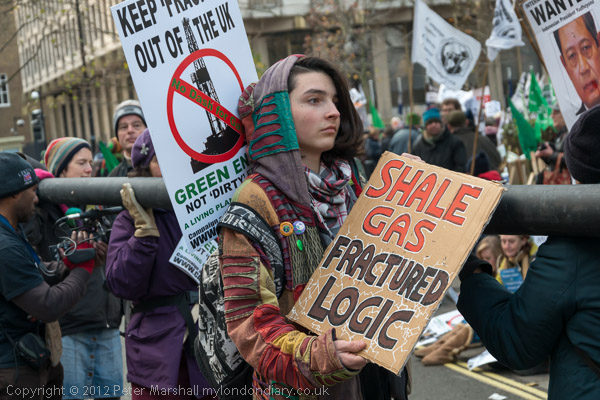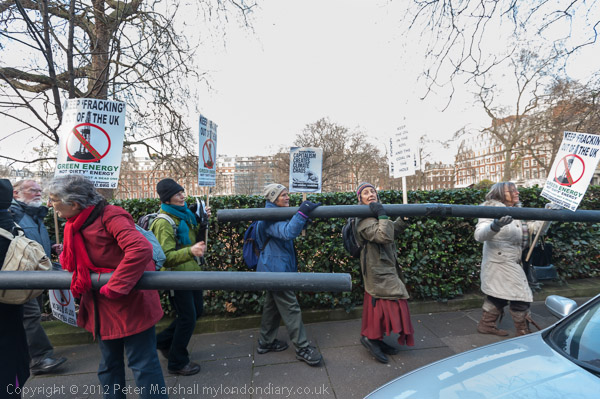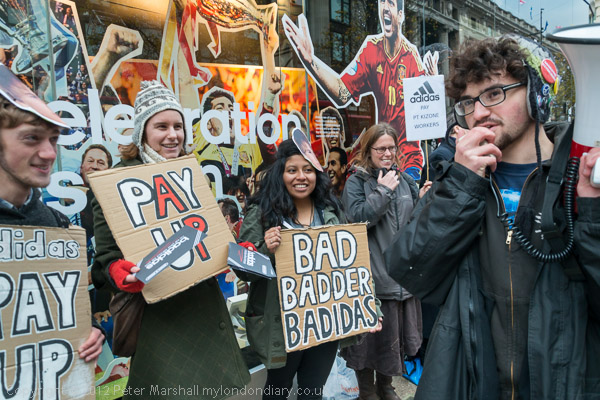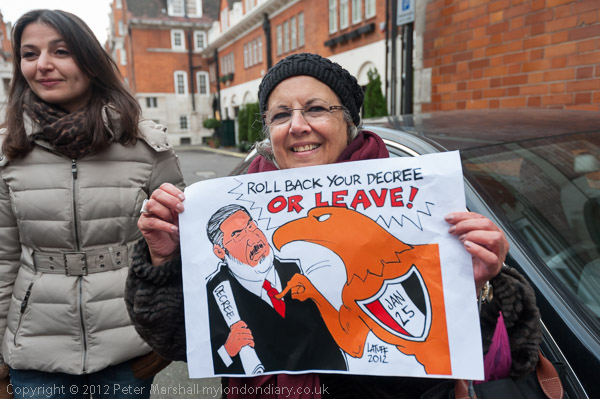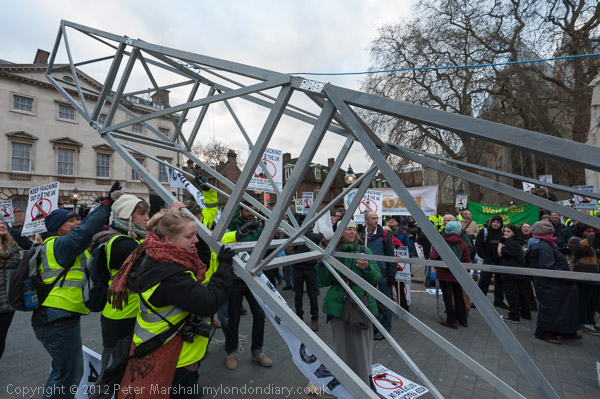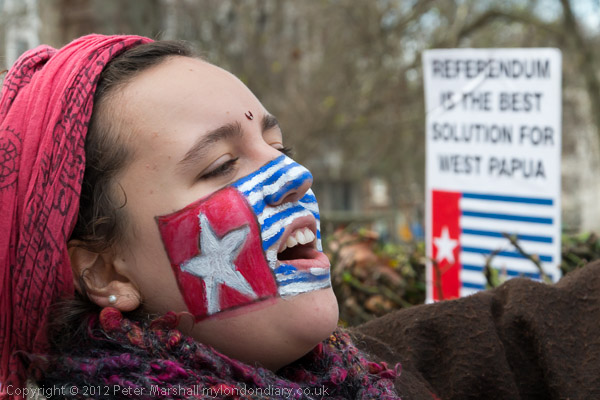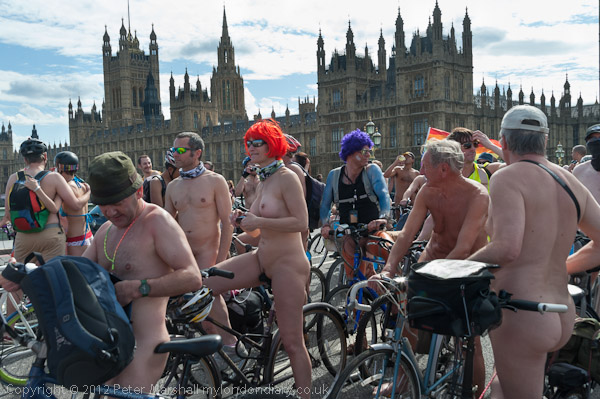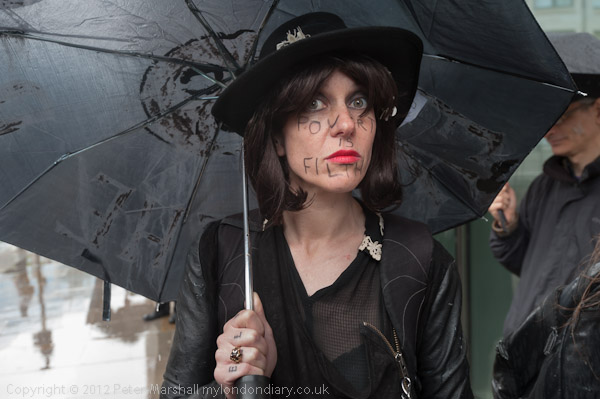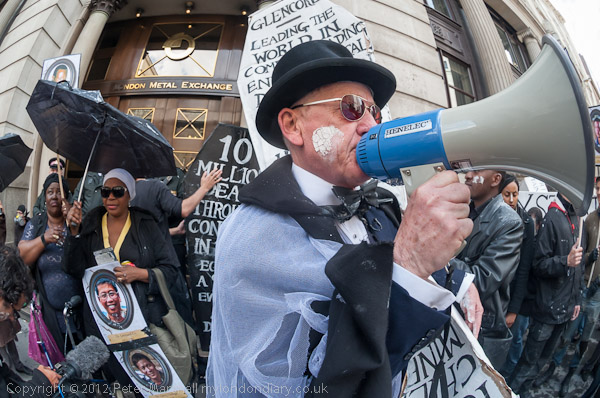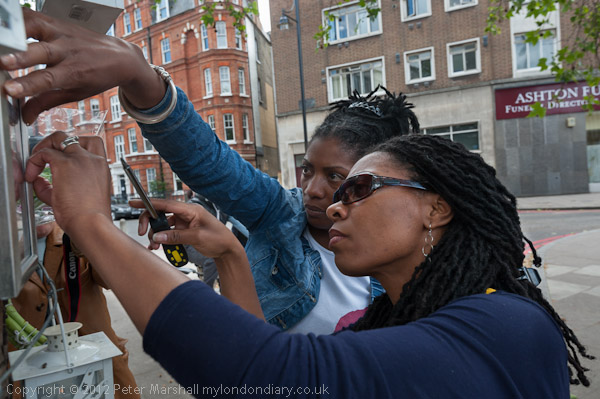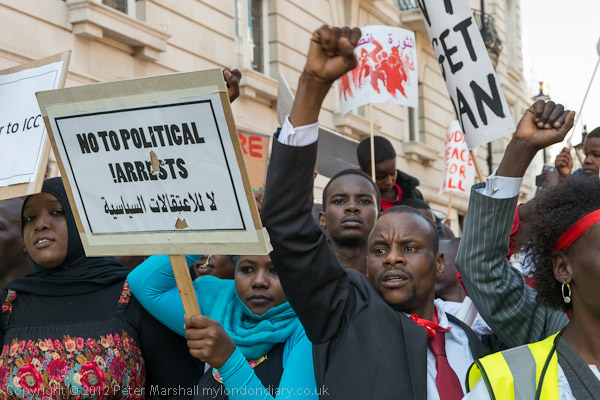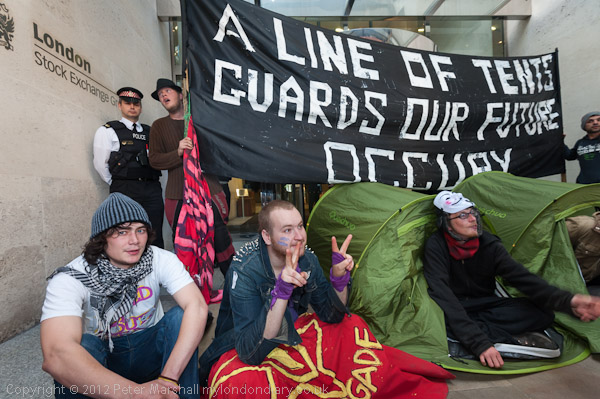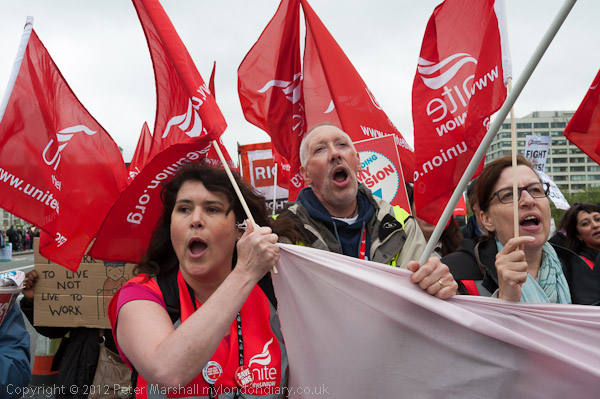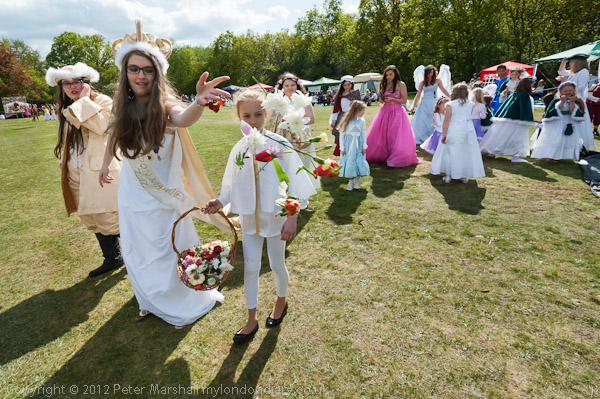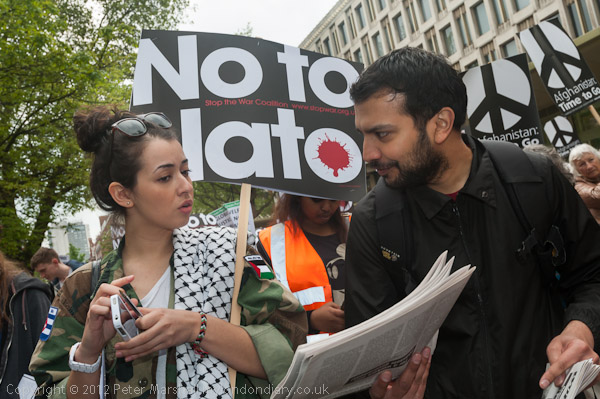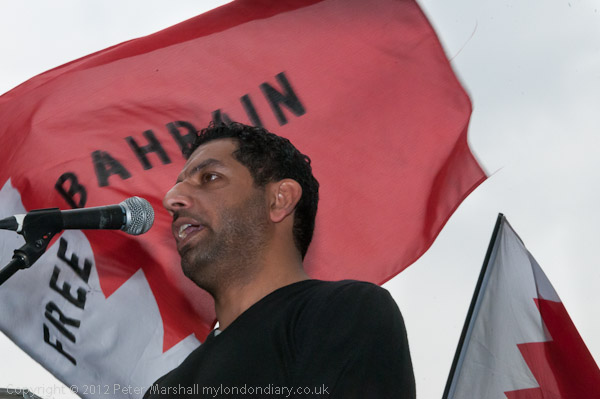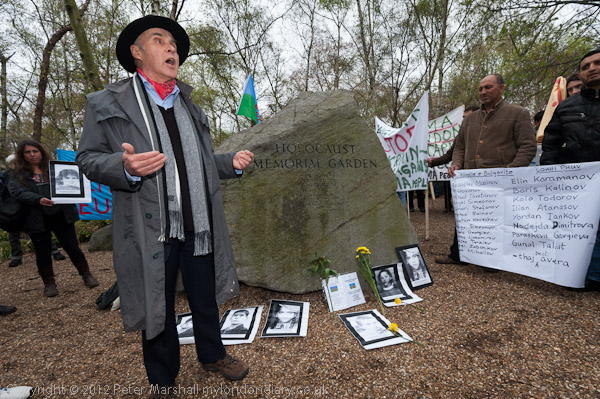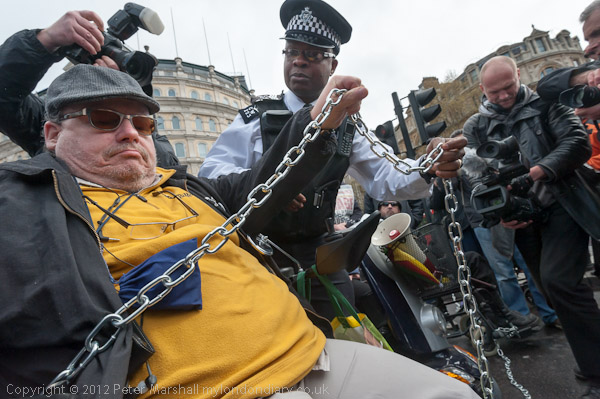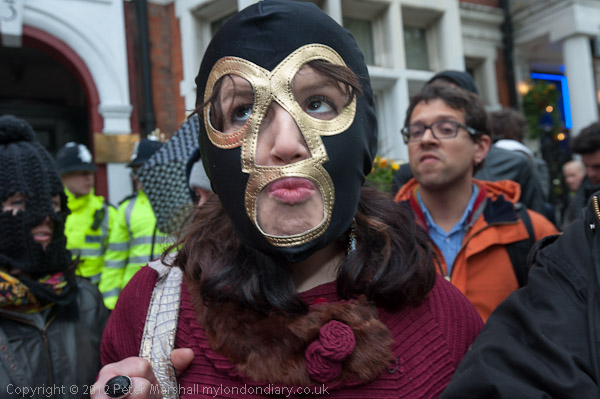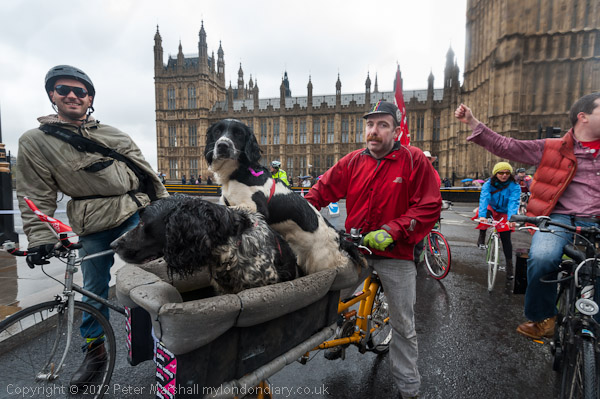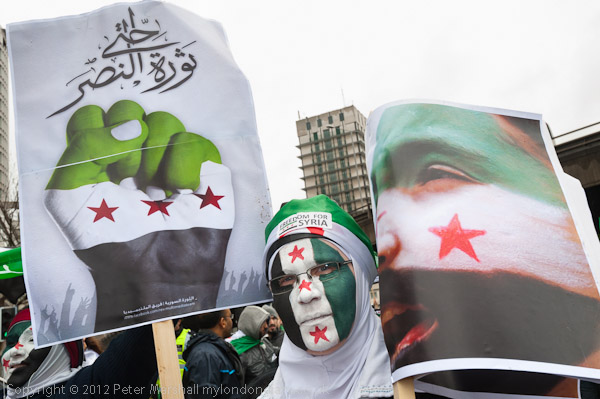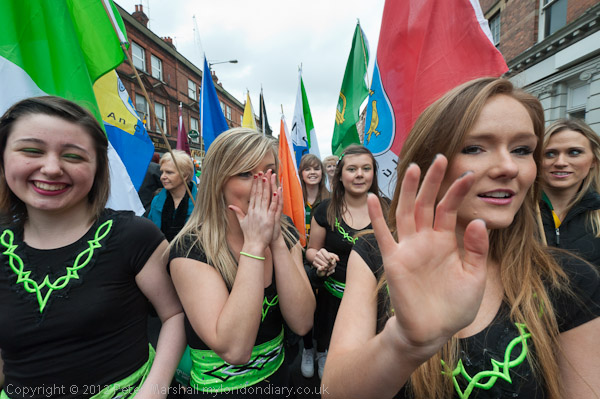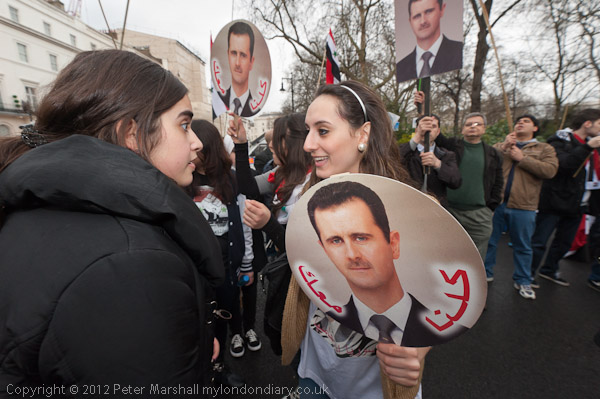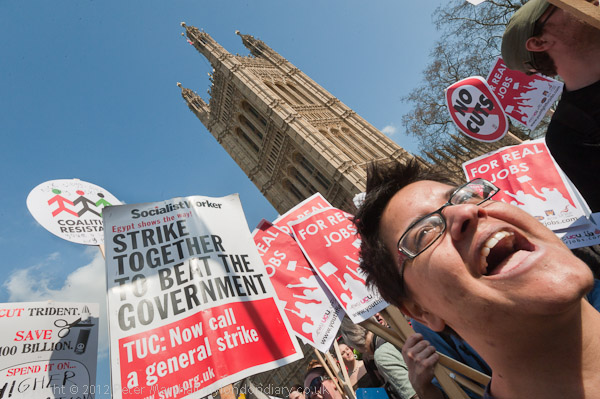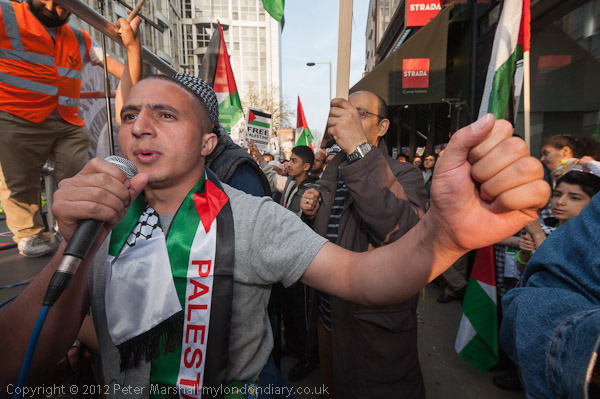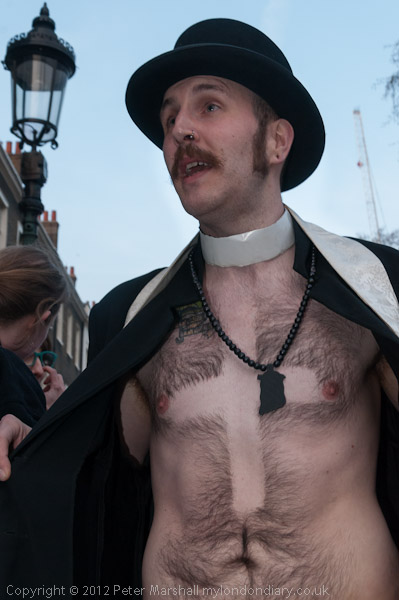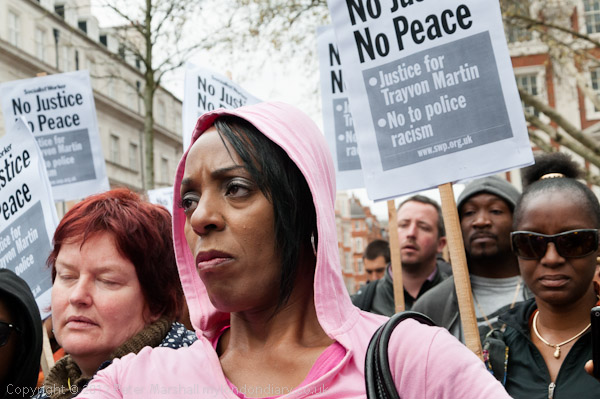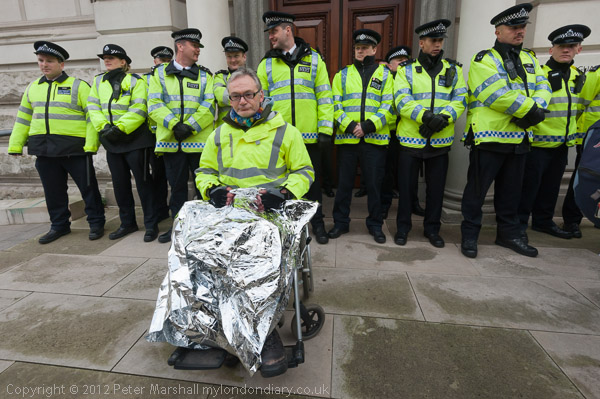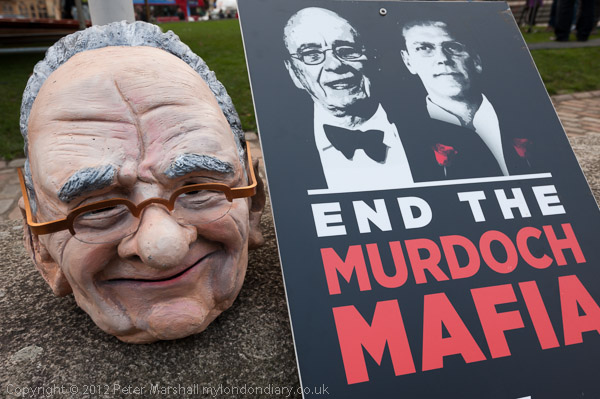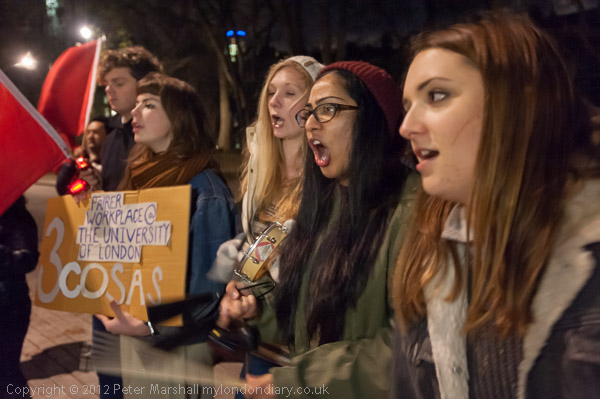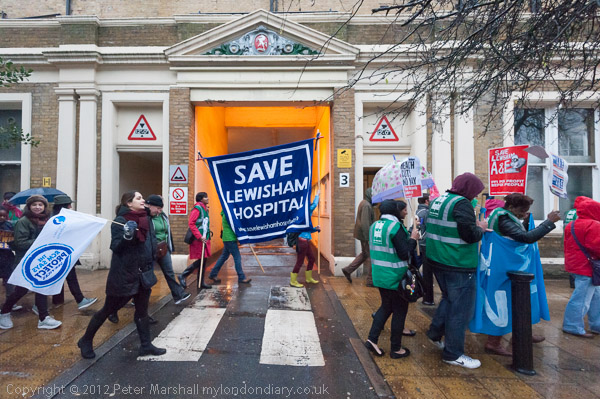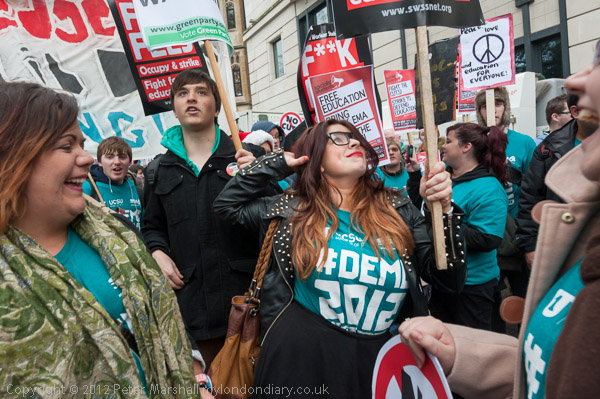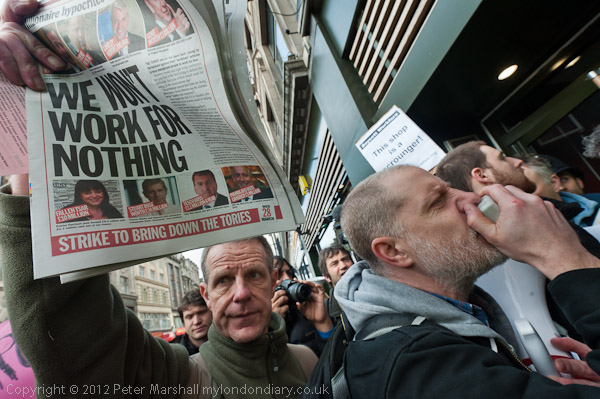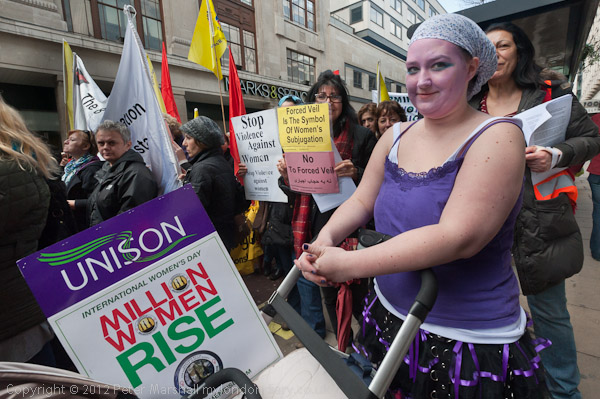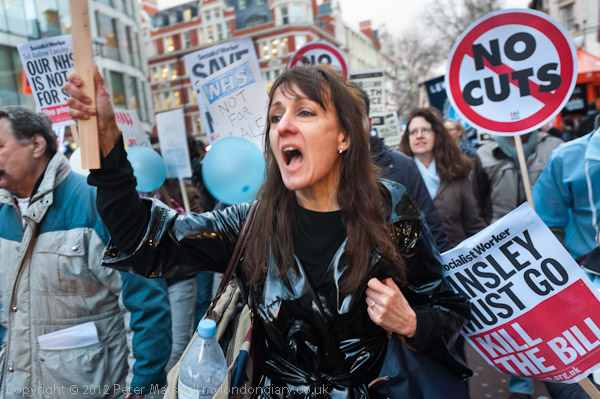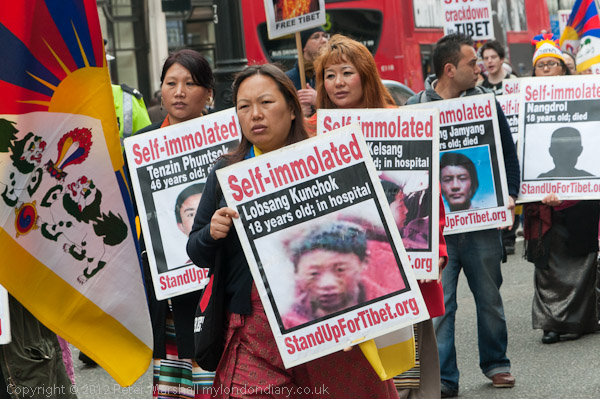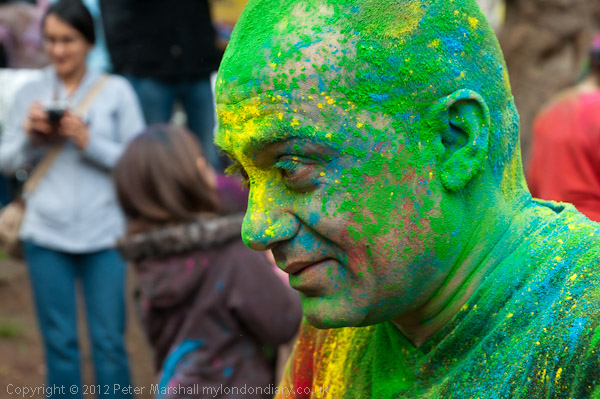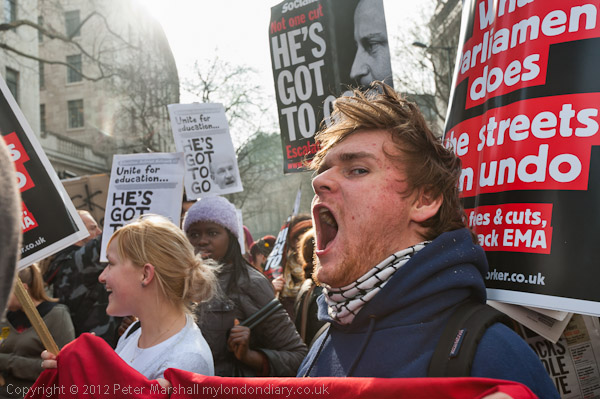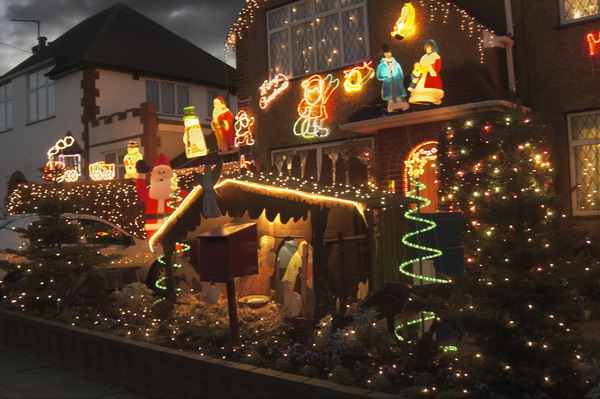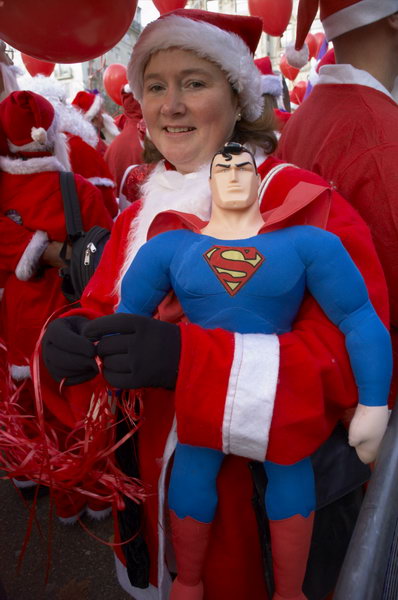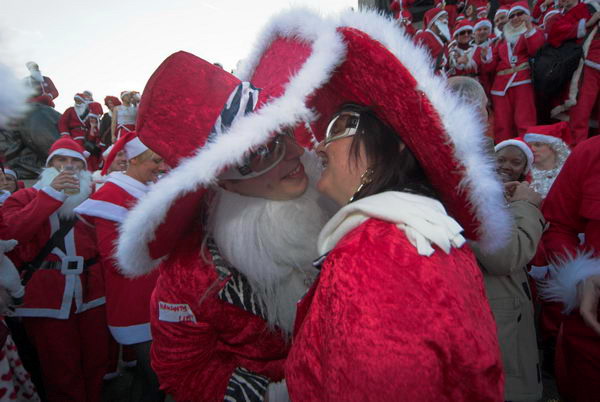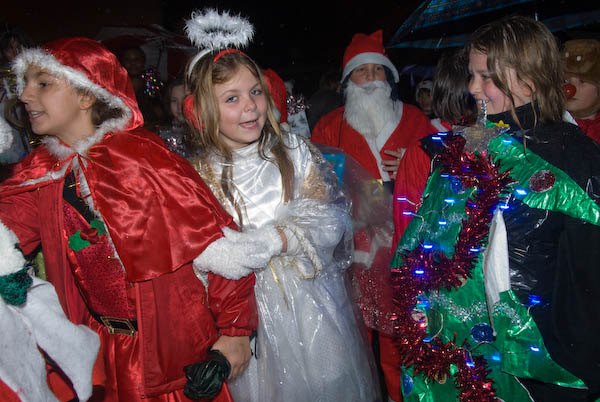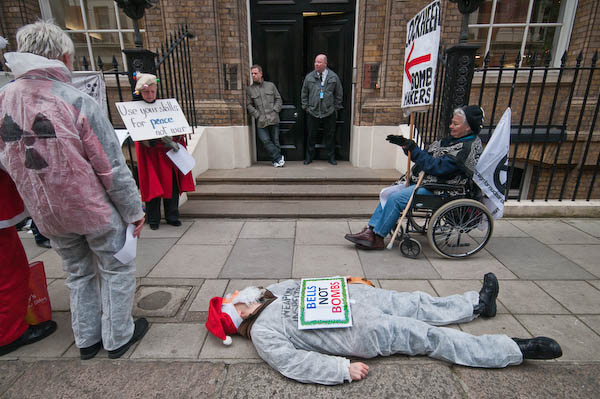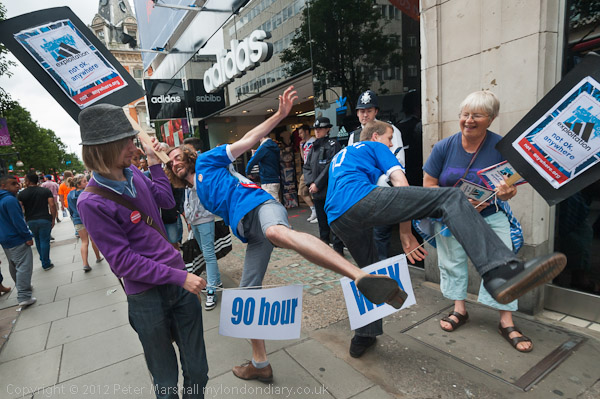
Unlike many in the UK I didn’t get enthusiastic about the Olympics. I’ve never had much interest in sport as a spectator, though I used to enjoy taking part in it as a not particularly outstanding runner and player. I even got a medal for playing football when I was eleven, and shattered my borough’s record for the quarter-mile in my mid-teens (the two timekeepers were right to doubt the evidence of their stop-watches when my time was close to the British record – rather assisted by the tape having been stretched across at the wrong markers!)
I was also still upset at the inappropriate developments being made to an area of London I’d photographed and had grown to like, and the way that some of those who had worked in the area had been poorly treated, with often inadequate compensation and promises that in some cases were already broken, and which are almost certain to be forgotten in the ‘legacy’. The London Olympics was built on lies, and the lies got worse as time went on. It was obvious from the start that whatever was said about regeneration in the Olympic bid, holding an event of this sort was not an appropriate way to go about it.
So I didn’t bother to get accreditation for the events taking place around London, but I did go to various protests related to it, including Adidas Stop Your Olympic Exploitation, where War on Want staged some games and handed out leaflets highlighting the fact that Adida, the official sportswear partner of London 2012, sells clothing made by workers who get poverty wages are not allowed to form unions and have little or no job security. The picture shows two ‘athletes’ struggling to get over the hurdles of a 90 hour week, poverty wages and union busting on Oxford St outside Adidas, and I think shows the protest very clearly with the placards and shop signs.
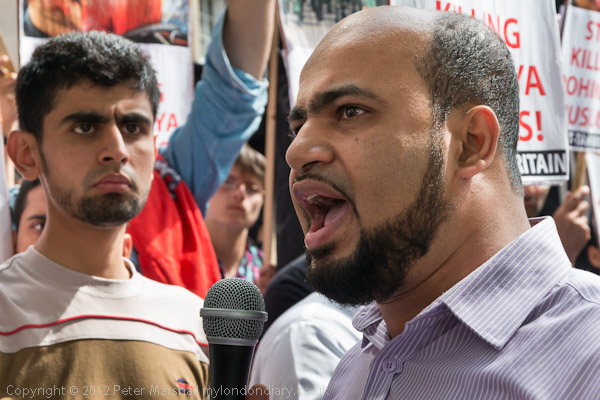
I’ve photographed Hizb ut-Tahrir events for some years and often have felt rather uneasy about them. I don’t like the way they usually seem to keep women away from the centre, in their own bloc sometimes almost out of sight, and in this protest they were around 50 yards down the road from where the speeches were taking place – and all the speakers were men.
So although I was pleased to find Hizb ut-Tahrir Supports Rohingya showing solidarity for the Muslims in Burma who are being persecuted both in Burma and when they take refuge in Bangladesh, I didn’t feel easy with the feel of this event, and in particular with what seems like fanaticism by some of the speakers. Of course some of the speeches were not in English, and it can be difficult to judge the tone and the body language. But I think that this picture very much reflects the unease I feel.
But at least Hizb ut-Tahrir were giving the Rohingya support, were providing some publicity for them. Their cause is one that our politicians and media almost entirely ignore.
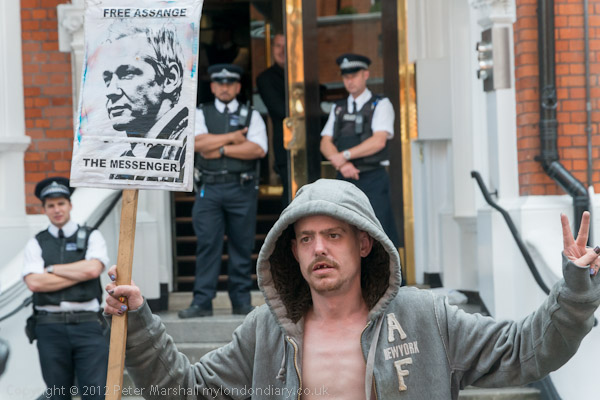
On the other hand, it’s perhaps a shame that Julian Assange gets quite so much coverage in the media. If he had a lower profile, our Foreign Secretary would not have made such an ass of himself and there would not have been the huge media circus after Assange had taken refuge in the Ecuadorian embassy. The police too would have avoided making themselves look rather silly when they got huge coverage when they surrounded the embassy and seemed about to storm it.
I’d walked past the embassy a few times since Assange had holed up in there, but hadn’t seen anything of interest – a handful of protesters and press or just a few abandoned placards, but dropped by again the day after he had been granted political asylum – and William Hague had made clear not only that he would not be allowed free passage out of the UK, but had more or less threatened we might storm the embassy to arrest him and the police charade had followed.
There were still around 50 police in the immediate area – when one or two would have been plenty – and more media people – reporters, photographers, TV crews – than I could be bothered to count, and sitting around in a few small groups on nearby steps, about a dozen protesters. One of whom, shown above, did a little dance for the media while I was there. I took a few pictures and left, thankful that I didn’t have to hang around there for days while nothing much happened.
I couldn’t photograph Assange (though I have done before) but the picture shows him, as well as the police guarding the door to the embassy, and someone inside looking out, as well as the supporter making an inevitable ‘Victory’ sign. You can see a few more pictures I took in Ecuador’s Embassy & John Massey.
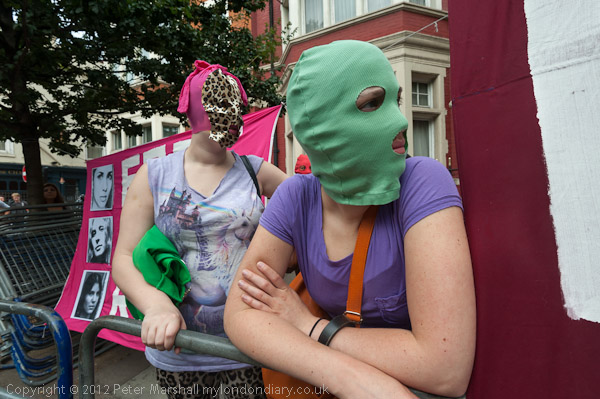
Pussy Riot 1
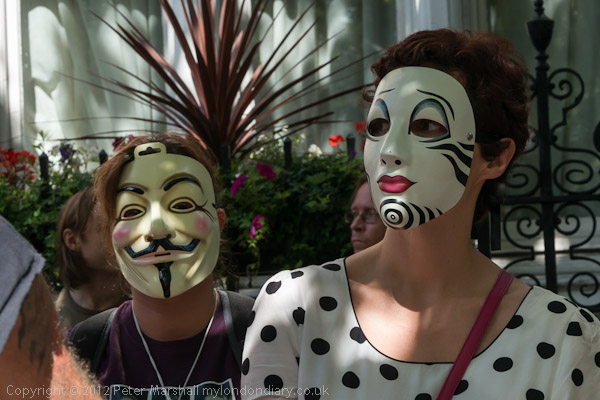
Pussy Riot 2
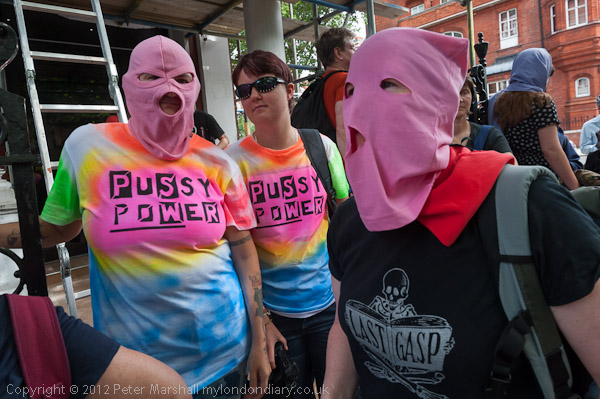
Pussy Riot 3
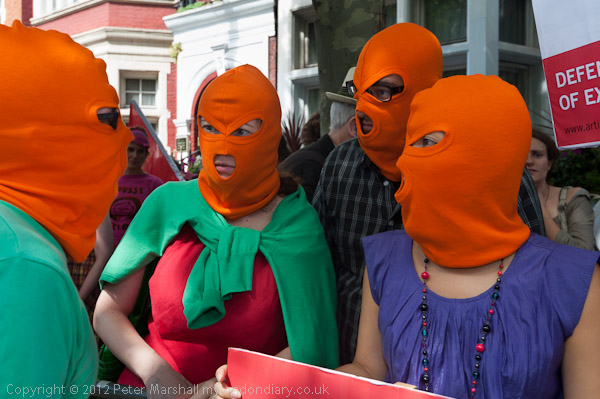
Pussy Riot 4
Pussy Riot from the start have very cleverly set out to exploit the media, and have really created an incredible amount of interest in the West for their protests in Russia. Their highly colour hoods lend themselves to very photogenic protests.
I took quite a few pictures at the Free Pussy Riot protest opposite the Russian Embassy in mid-August, and can’t quite bring myself to chose a favourite from the four above. Perhaps readers would like to comment and possibly pick one?
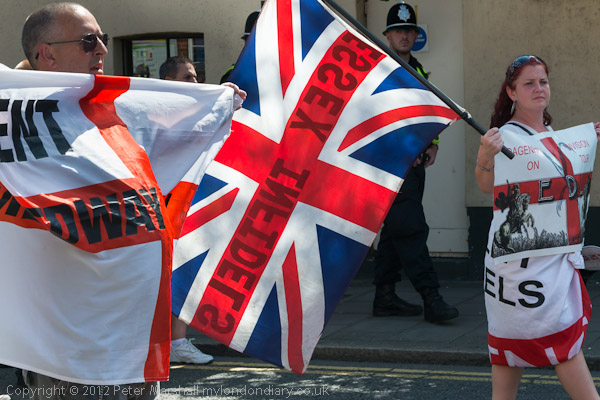
I don’t often travel out of London for protests, but Chelmsford is only a short rail journey, and when I heard that the English Defence League were planning to march through there I decided to make the journey. I’m certainly no supporter of the EDL, but can understand much of the frustration they feel while finding their response to it repugnant, and certainly they represent at least a small section of working class opinion, and one that should be reported accurately and fairly. But they don’t always welcome being brought out into the open.
I would rather have been elsewhere doing something more pleasant, but was pleased to be able to report accurately EDL Outnumbered in Chelmsford, and to have some decent pictures to go with the story despite just a little hassle in getting them. The counter-protest, a bit over three times as large, was much more pleasant to photograph – no abuse, no threats, people co-operating and talking intelligently, but was visually somewhat duller.
The picture above, taken at 93mm (equiv) through the procession from the opposite side of the road is perhaps just a little too tightly cropped, and I immediately zoomed a little wider and took a second fairly similar frame. But although the composition in this is in some ways better, minor details have changed – you don’t really get a second chance with things like this – and it loses a little immediacy.
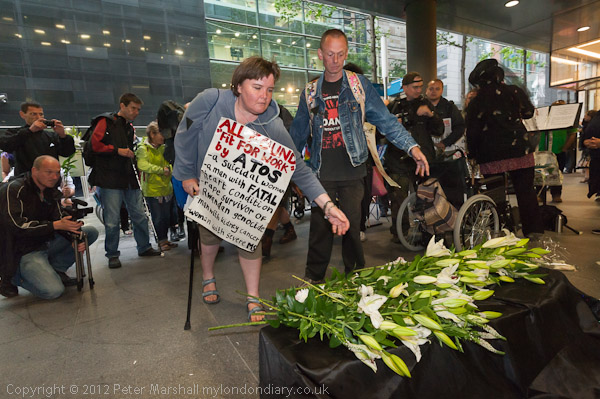
At the end of the month came the Paralympic Games, and disabled groups seized the opportunity to stage a week of events and protests, with mock opening and closing ceremonies as well as an occupation of the Department of Work & Pensions. But on the Wednesday of the week they held a more serious and solemn event, covered in Disabled Pay Respect to Atos Victims with a short service outside the Atos Offices, as a part of which an empty coffin was brought in by a group of four people in wheelchairs and flowers were then laid on it.
It was one of those times where I managed to be in the right place and occasionally to get the flash exposure right and to catch more or less the right moment. Taken with the 16-35mm at 19mm I was pretty close to the coffin and with my back against the wall behind. The ambient light was very low- the surroundings are a little underexposed at 1/60 f6.3 ISO 1600. The people laying the flowers weren’t posing for photographers – they didn’t hold them for a second or so but simply threw them onto the pile. These two make the best of the pictures I took partly from their gestures but also because of the placard the woman is wearing around her neck which lists some of the more ridiculous ‘fit to work’ judgements made by ATOS. Probably most viewers won’t recognise the t-shirt her companion is wearing – from the 1990s Disabled People’s Direct Action Network (DAN.)
